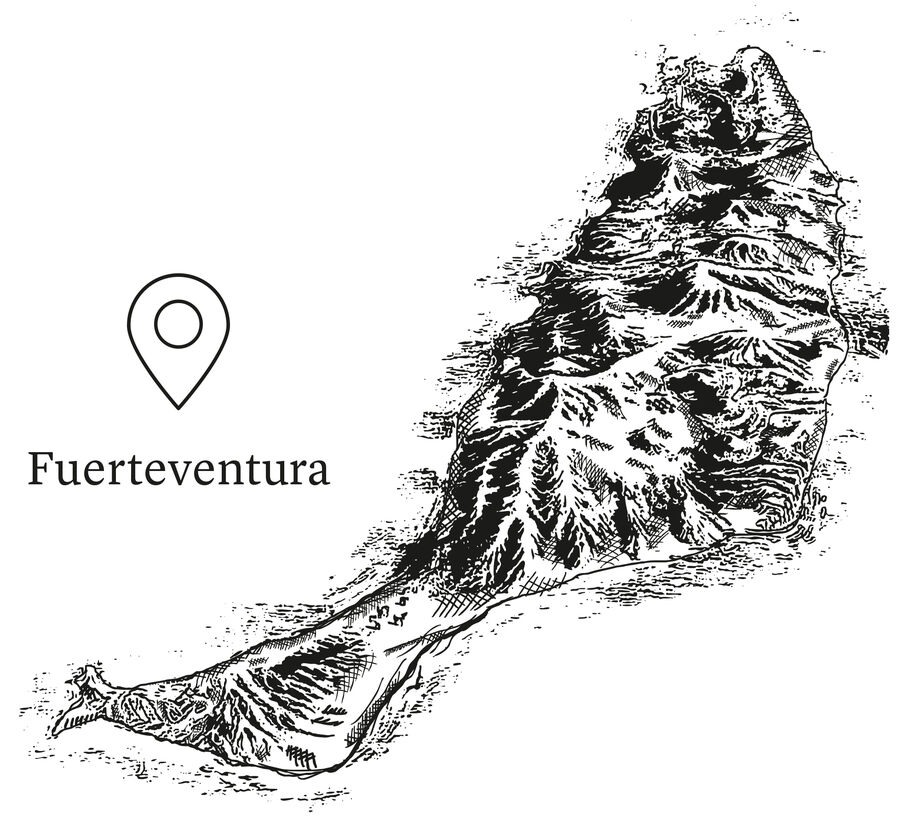Habib Rahmouna strides through the empty entrance hall of the hotel in Santa Maria waving his arms and calling as he goes. The little town on the southern tip of the Cape Verde island of Sal is a magnet for tourists with its long sandy beach, colourful fishing boats and local surfers. For now though, visitors are being handed a hard hat rather than a long, cool drink. “We’ve only just taken over the complex and we are in the middle of demolition,” explains Habib. He is a project manager with ROBINSON and has been working for the TUI Group’s premium club brand for 27 years. Here in Sal he is coordinating construction for the future ROBINSON Club Cabo Verde. “For this Club we have taken over an existing hotel and we are going to carry out a lot of adjustments for our ROBINSON guests,”continues Habib. The local community will benefit from this employment. About 60 percent of the 300 workers are African. Today, amid all the machinery and tarpaulin, Habib will be meeting Fernando Maurício dos Santos, the project architect, to discuss opening up the buildings towards the beach. After all, in a destination with so few rainy days, most Club activities will be taking place outside.
Endless sandy beaches, a perfect place for water sports, and on average 350 days of sunshine every year. As a popular year-round destination, Cape Verde is not simply an increasingly sought-after alternative to the Canary Isles. 350,000 people visited the Atlantic archipelago with TUI in 2018. When the ROBINSON Club Cabo Verde opens in late 2019 it will bring in a few more. But how sustainable is such hotel growth in a remote island state? And how does the design for a new Club take the wishes of its guests into account? We glide in between the wind and the waves to visit the island of Sal.




 Austria
Austria



















